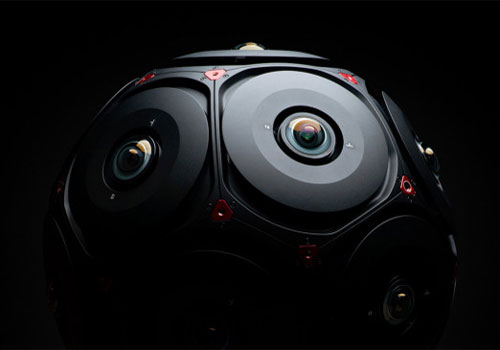News
RED and Facebook present Manifold
Facebook first announced it was working with RED in May to realize the next phase of its high-end VR camera prototypes.
That search led them to RED.
“RED delivers unparalleled image quality with more than 16 stops of dynamic range and high spatial resolution, making it ideal for many virtual reality capture scenarios. The high spatial resolution and dynamic range enable new levels of depth estimation and 6DoF realism.”
Manifold
It works like any other VR camera in that the 16 images are stitched together by post-processing software, in this case supplied by a team from Adobe’s partner company Foundry and OTOY. It’s just that with the Manifold those images are being supplied by 16 Helium 8K sensors running at 60 fps. On the other hand, it captures 3D information from any object in a scene, resulting in a wealth of volumetric detail and motion, and making it an ideal production platform for integrating CG elements into the final video.
The Manifold uses Schneider 8mm, F4.0, 180-degree custom fisheye lenses and draws its power from a single SMPTE 304M cable, which also provides control and carries the (large amount of) data. The CCU and storage can be located up to 100 meters away from the camera head, while it also features 5, 12g SDI outputs for third-party monitoring and stitch processing. Facebook and RED also promise multiple third-party storage device options that will provide an hour or more of record time.
An SDK for post-processing is provided to give people flexibility in their post-launch workflows, while accessories include ND filters and quick-release handles for maneuvering and setup.
You can find more information on RED’s official website.



